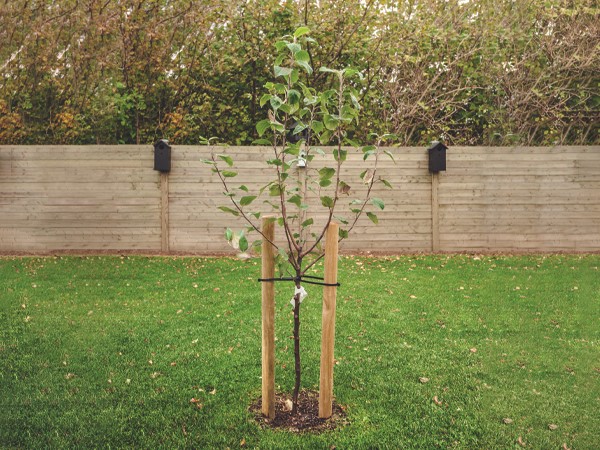Description
Planting a tree is one of the easiest things we humans can do to positively impact the environment. They clean the air and help you breathe; plus, research shows planting trees in your yard can lower your energy bills and add value to your home.
Did you know your purchase of One Step products allows us to plant trees in local communities? With the help of Seventh Generation and in partnership with the Arbor Day Foundation, we've planted more than 420,000 trees since 2013.
Dig the Hole
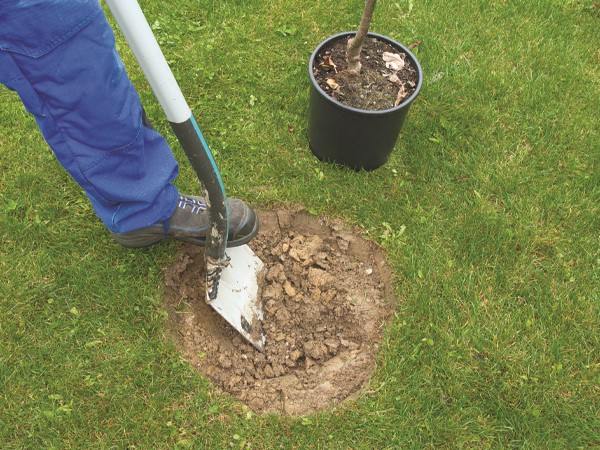
You will want your hole to be as deep as the root ball and at least twice as wide.
If the sides of the hole are smooth and slick from digging, use the shovel to make cuts in the surface so roots can more easily penetrate the surrounding soil.
Remove All Foreign Materials
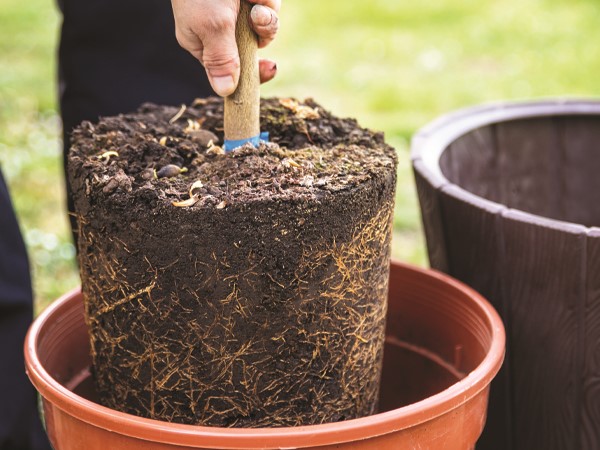
Balled-and-burlapped trees: Remove wire baskets, twine, and burlap.
Potted trees: Remove the pot and loosen roots with a saw or serrated knife to encourage them to spread out.
Plant the Tree

You'll want the root collar (where the trunk starts to flare) flush with or slightly above ground level. Trees planted too deep often struggle or die.
Hot tip: Avoid picking up the tree by its trunk. Lift at the bottom instead.
Fill the Hole
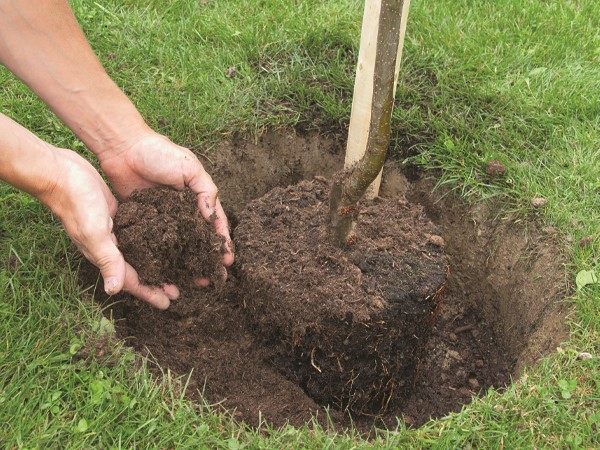
Refill with the excavated soil (do not add soil amendments).
Remove rocks and break up clods.
Tap the fill soil with your foot, and water generously to settle the soil.
Top off any depressions with more fill soil.
Mulch
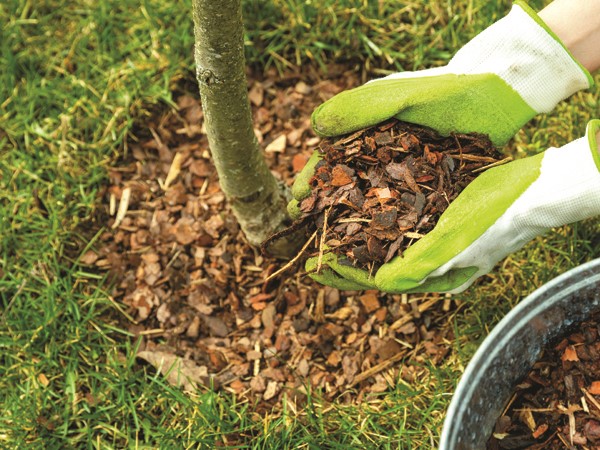
Mulch the base of the tree with 2-3 inches of wood chips, pine bark, shredded leaves, or other organic material.
Mulch out to the dripline (outer extent of the canopy), but keep the mulch several inches away from the trunk.
Form the mulch into a shallow saucer to help direct irrigation water.
Aftercare
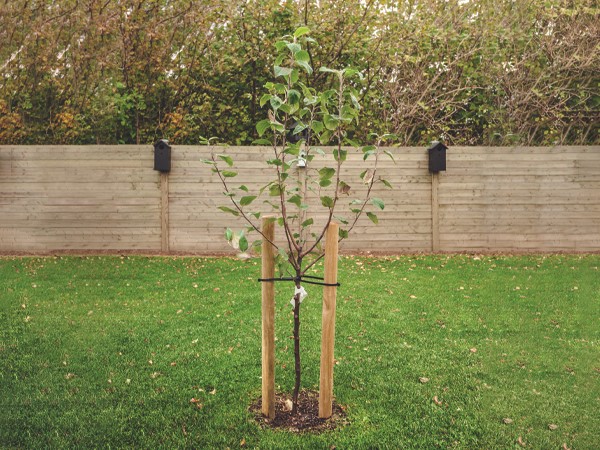
Stake trees only on windy sites. Remove supports after a year.
Irrigate with 5 gallons of water weekly. Apply slowly so it soaks in.
Prune dead or broken branches, but wait a year before pruning for structure so the tree has plenty of foliage for photosynthesis.
